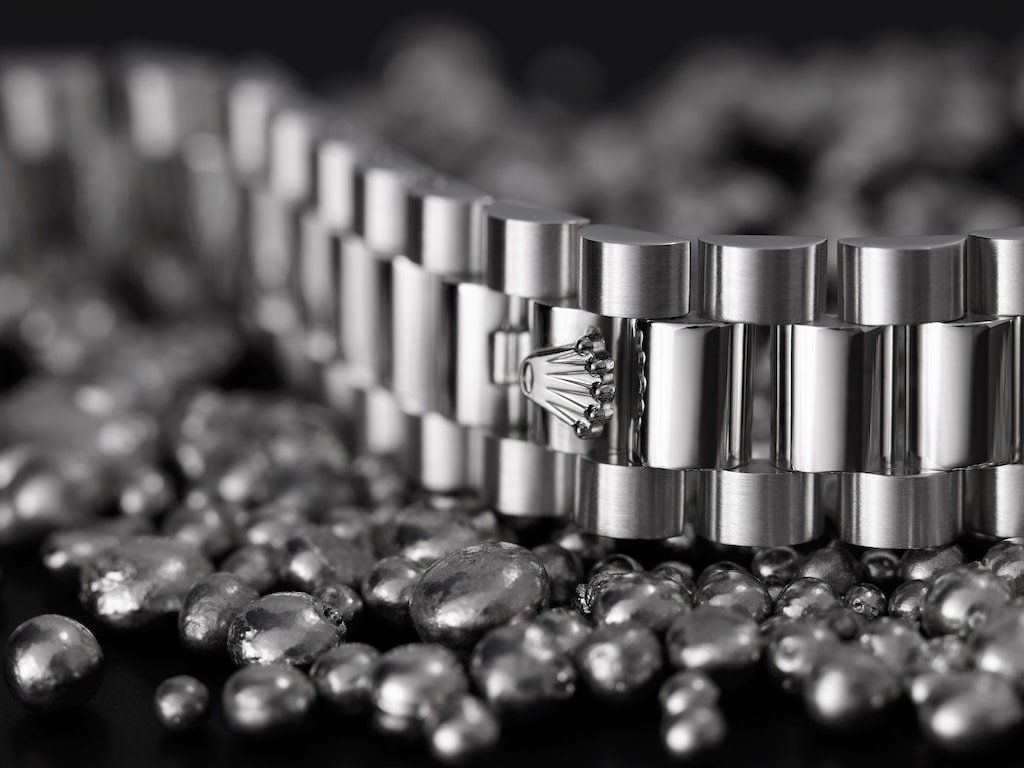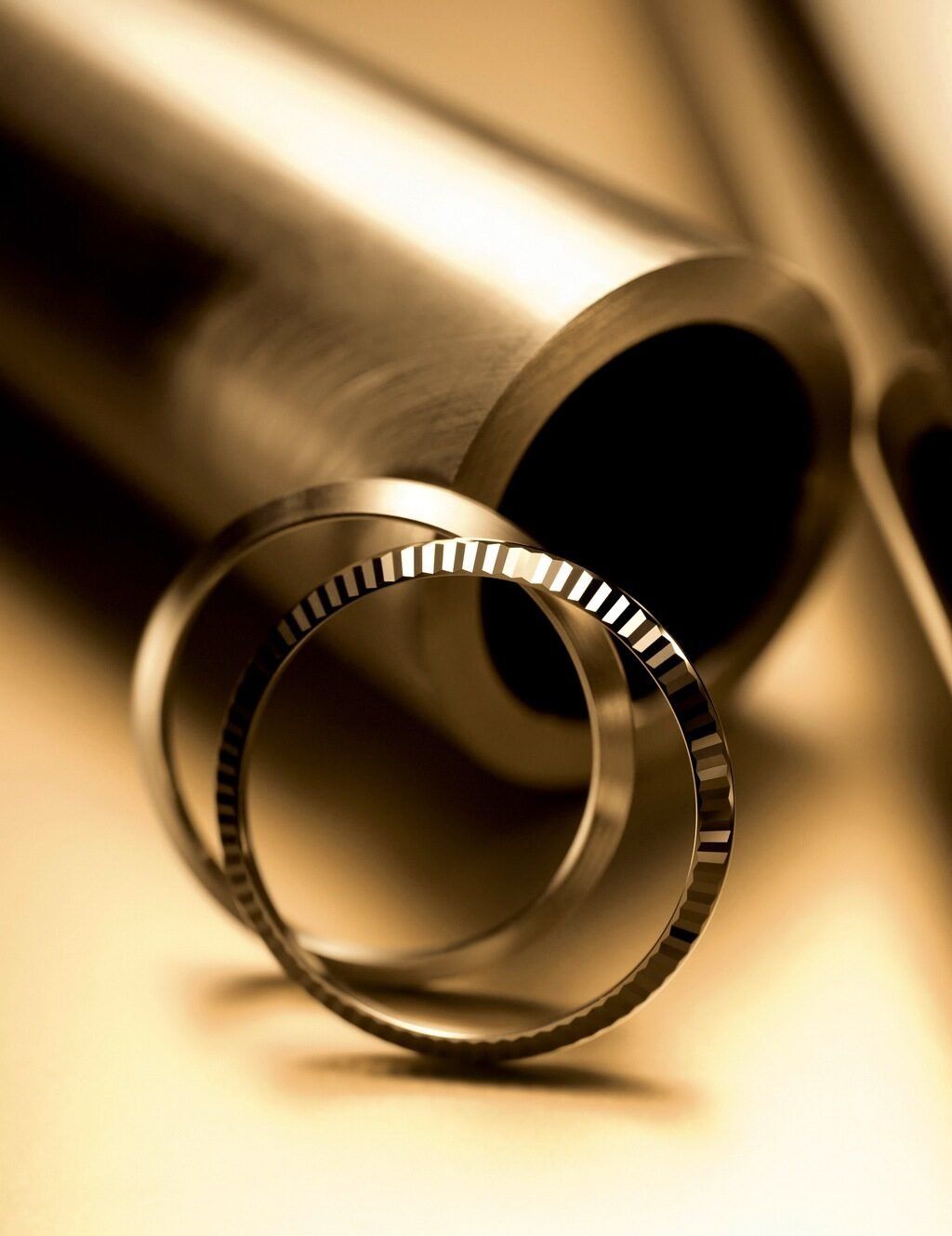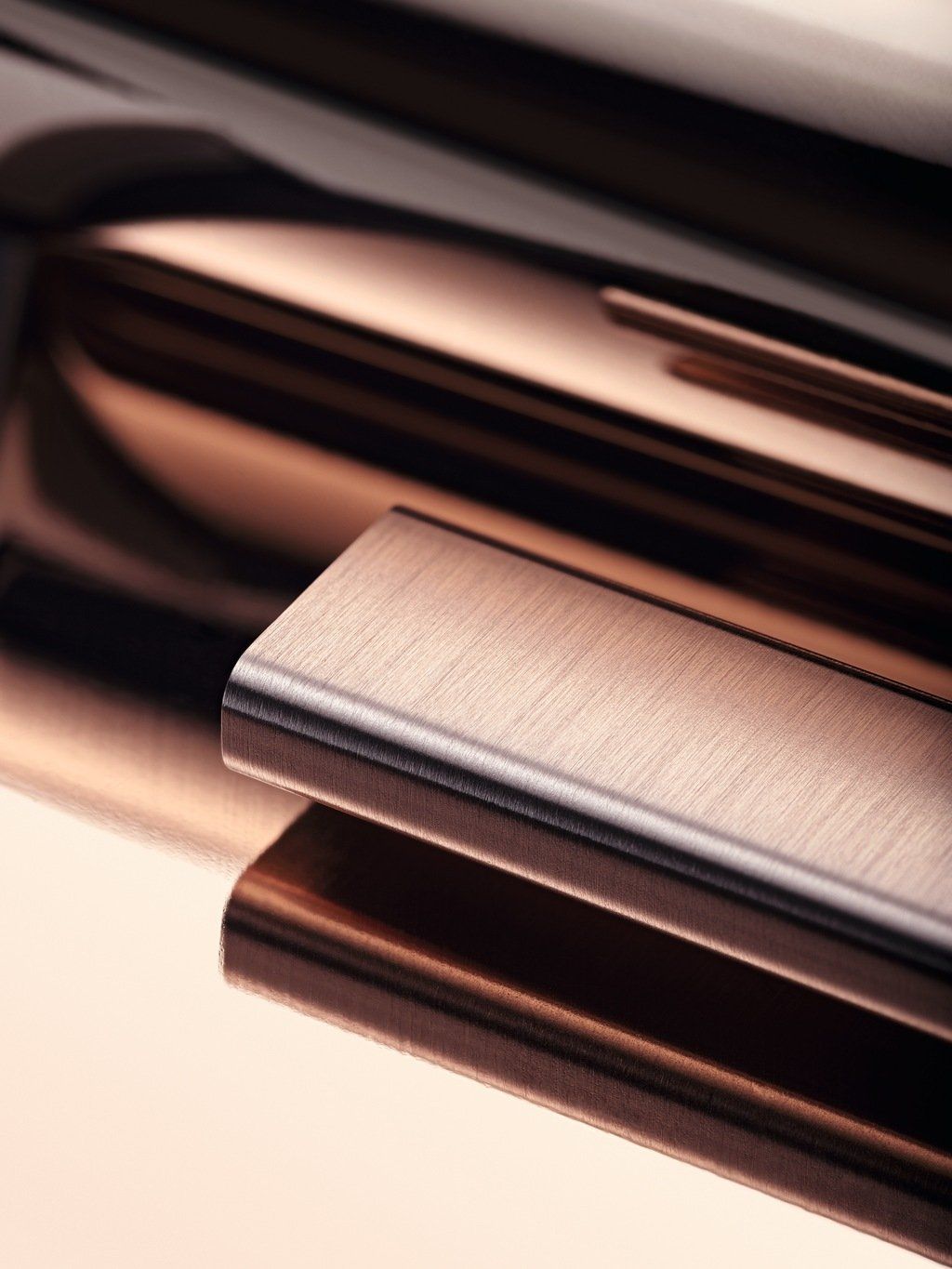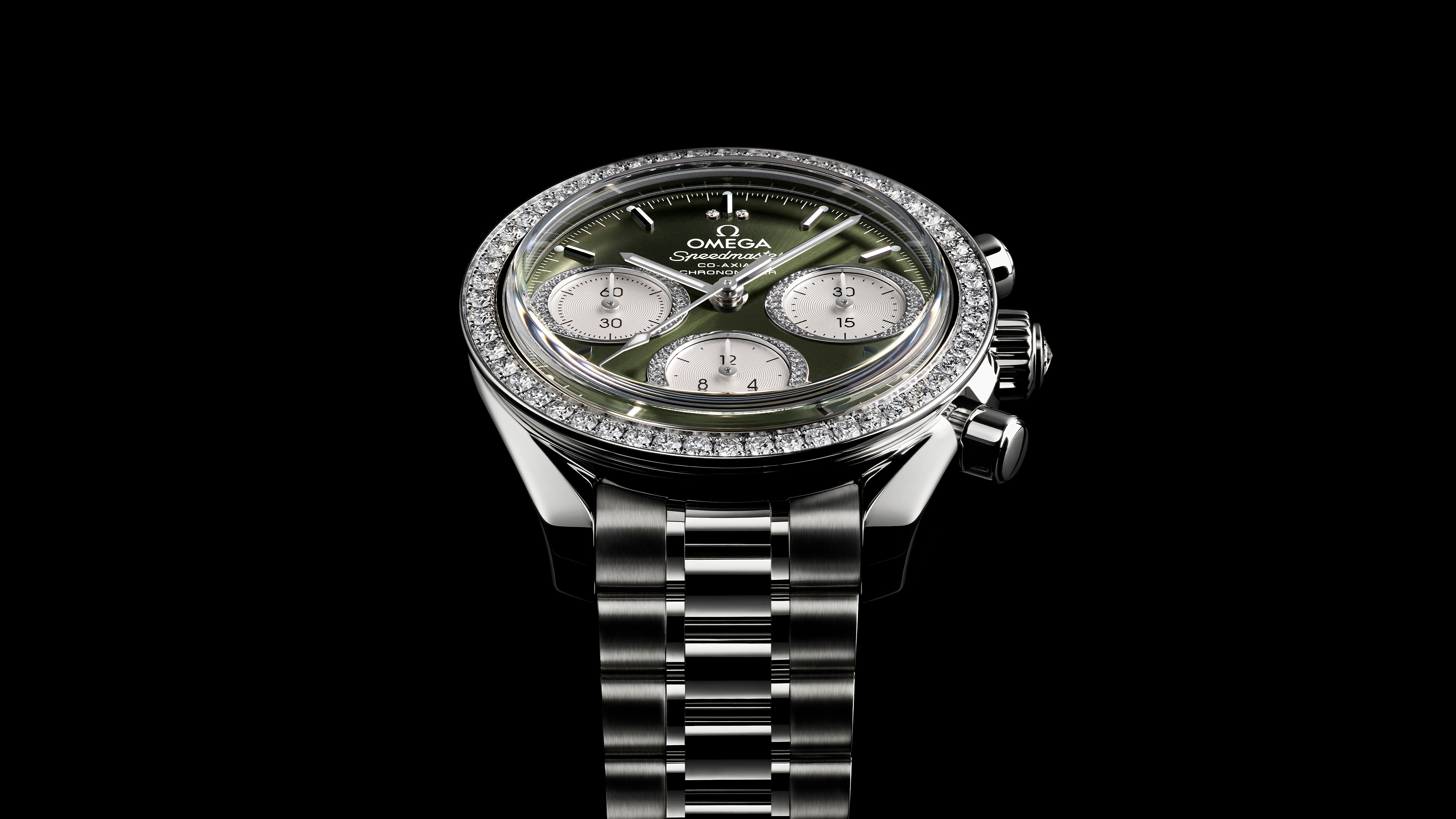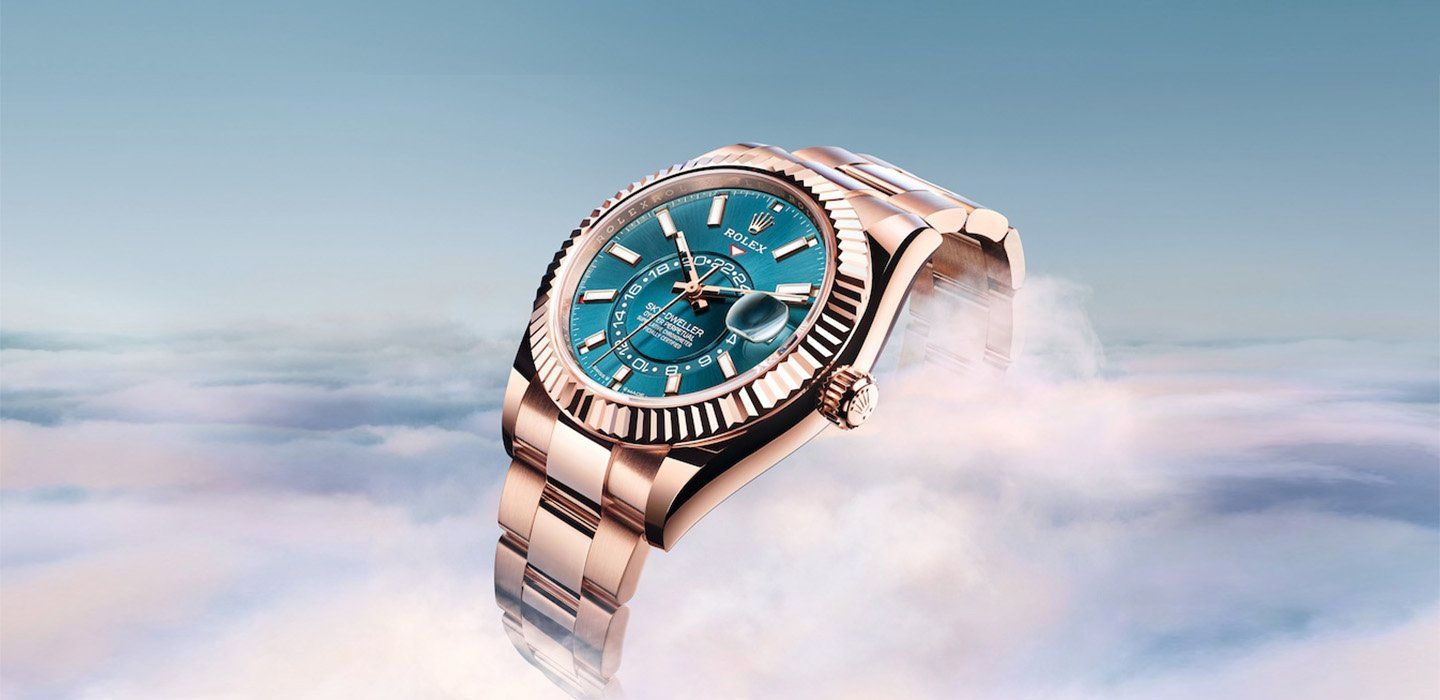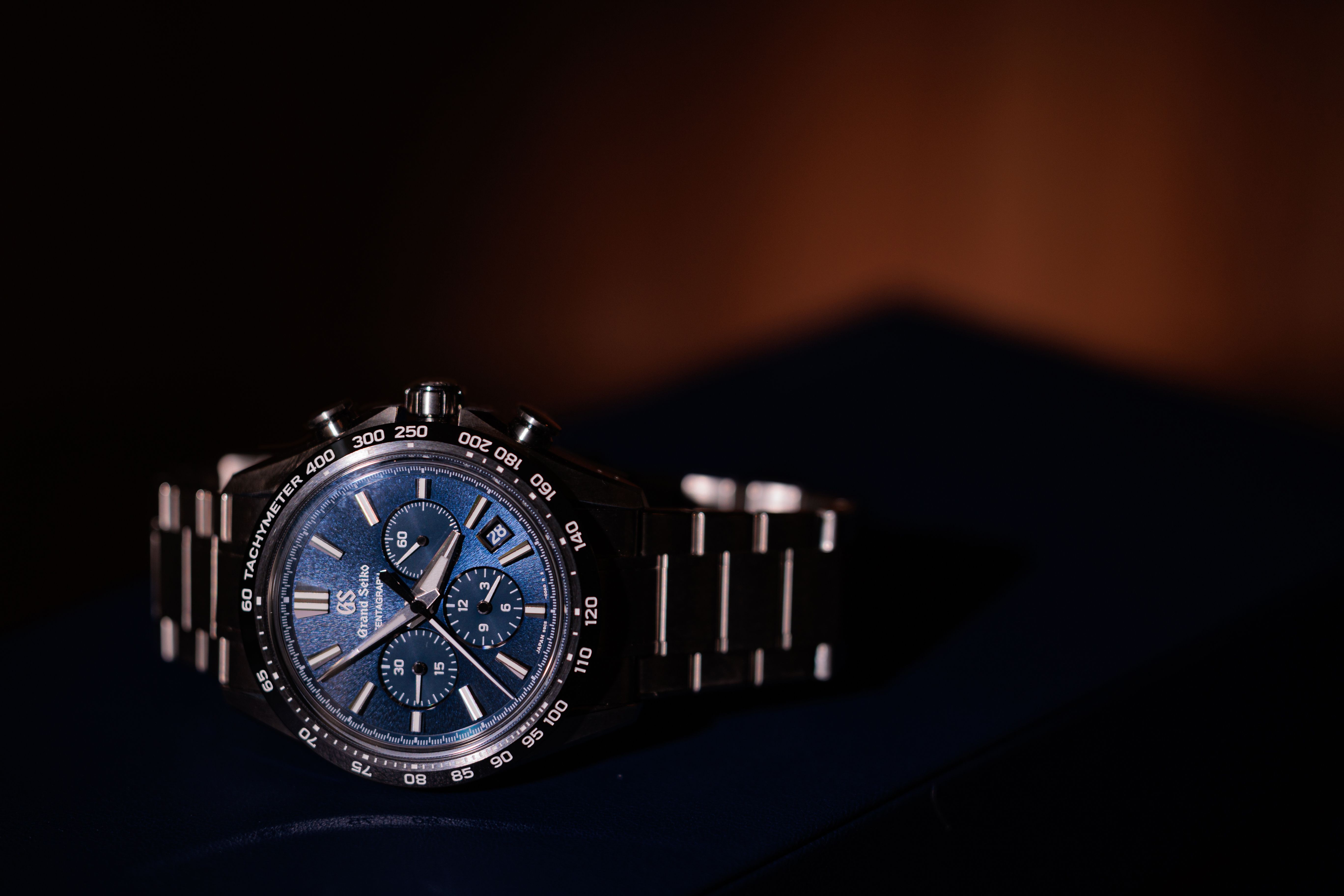The Essence Of The Crown: The Materials That Define A Rolex
A watch is only as good as the trappings that set the foundation for it. For years, Rolex has ranked high on crafting timepieces that boast intricate design and movements. But that’s not all. The watchmaker has also been committed to recruiting the finest materials to mould its watches. Be it the lustrous gold or the sturdy platinum, dazzling gemstones or the ubiquitous steel—over the years, the maison has formed iconic timepieces using these materials that are still sought-after today. Here’s a closer look at the materials that go into the making of Rolex watches:
Oystersteel
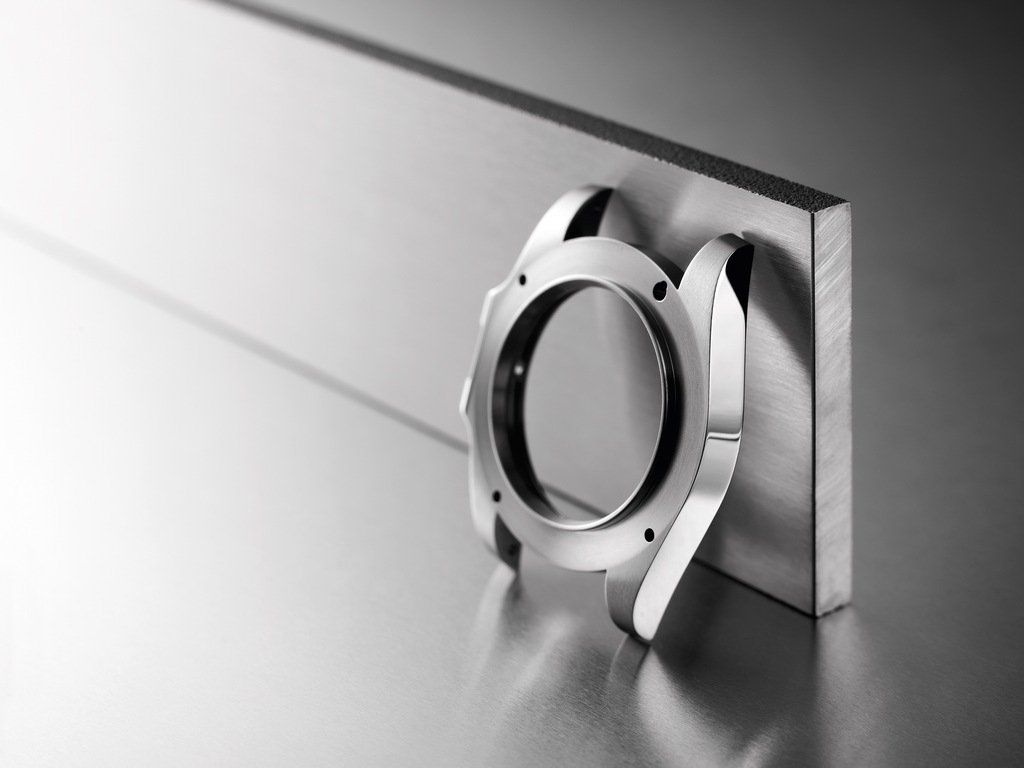
Found in remarkable timepieces, such as the Air-King and Oyster Perpetual 21, Oystersteel belongs to the 904L steel family. These are alloys which are most commonly used in high-technology and in the aerospace and chemical industries, where maximum resistance to corrosion is essential. Oystersteel is extremely resistant, offers an exceptional finish once polished and maintains its beauty even in the harshest environments. Rolex’s relationship with Oystersteel traces back to 1985, when it became the first watchmaker to use this alloy. Since then, the material has been used extensively in its top models.
Gold

The watchmaker uses 18 ct gold in many of its models, while also combining it with other metals to produce attractive two-tone alloys. It comes in several different alloys—including white gold, yellow gold and Everose pink gold—each with slightly different composition and weight. Gold is highly valued for its rarity, malleability and resistance to tarnishing and corrosion. The beauty of a gold watch lies not just in its value but also in its lustre and nobility.
To create 18 ct alloys, the gold is melted at over 1,000 degree celsius at the watchmaker’s foundry. Then, it is poured through a graphite sieve. The resultant droplets turn into gold beads as they cool down. These beads are then melted again to form rods that can be moulded into desired shapes. Within gold, Rolex offers many varieties to its wearers:
I. Rolesor
Rolesor, a combination of Oystersteel and 18 ct gold, was patented by Rolex in 1933. Two-tone watches have been hugely popular ever since, thanks to their versatility and elegant appearance. Today, Rolesor is used across the entire Rolex catalogue, from the Datejust to the Explorer.
II. White gold
The white gold used by Rolex contains no rhodium plating and is thus harder and more resistant to wear. As a result, it retains its lustre for longer. You can find it in watches, including the Daytona and GMT-Master II.
III. Yellow gold
Yellow gold, among the first precious metals used in watchmaking, is still highly valued today for its beauty and rarity. It is a natural alloy of silver and copper, with a small proportion of zinc. The colour of yellow gold depends on the ratio of these metals—a higher proportion of silver results in a paler tone. The alloys used by Rolex are composed of 75% gold and a quarter alloy, resulting in 18 ct yellow gold. You will find this metal in many of the brand's most emblematic watches, including the Cosmograph Daytona and the Day-Date 40.
IV. Everose gold
Everose gold is a unique alloy introduced by Rolex in 2005. It has elements of pure gold, copper and platinum, giving it an especially intense reddish hue that will not fade over time. The beauty of this metal can be seen in watches like the Lady-Datejust and Day-Date 36.
950 Platinum

At Watches & Wonders 2022, Rolex released its latest platinum timepiece, the Day-Date 40, with a new ice-blue dial. To say that the watchmaker has embraced platinum and all its qualities is an understatement. Platinum is a white metal, extremely rare and precious. It is also the heaviest of all metals used in watchmaking. Rolex uses 950 platinum, which is 90% pure and thus particularly well suited to jewellery. It offers excellent resistance to corrosion and wear, as well as an extraordinary lustre. Additionally, 950 platinum does not lose its colour, making it an ideal material for watch cases and dials.
Precious stones and gem-setting
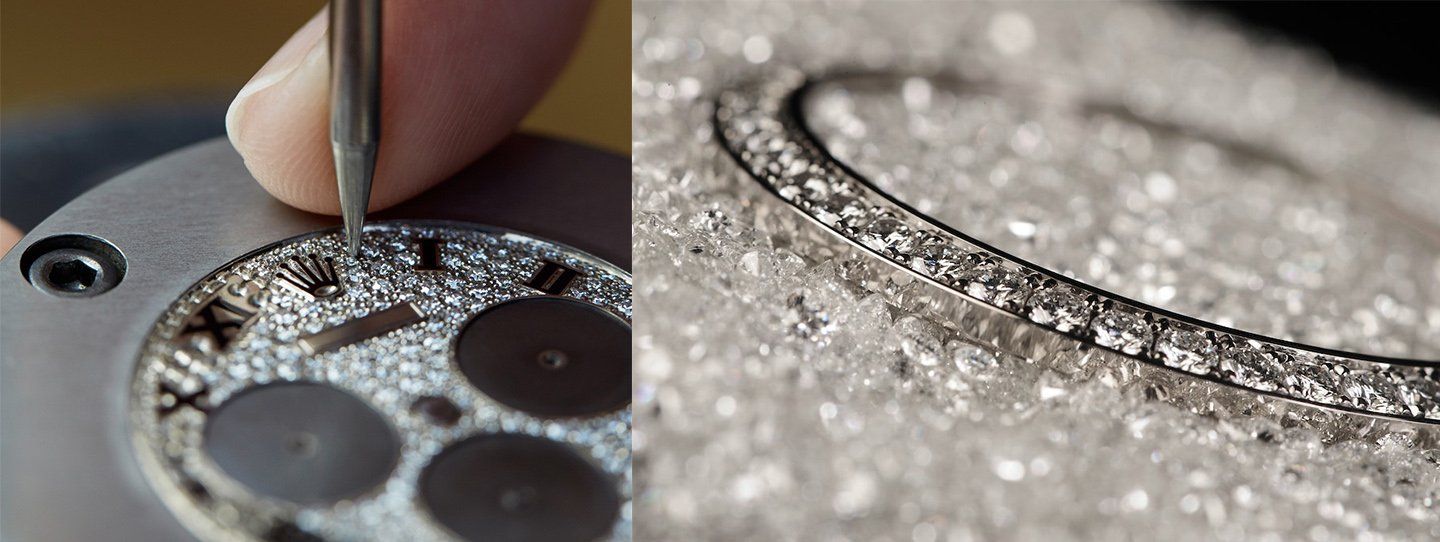
The most popular precious stones used by the brand are diamonds, sapphires, emeralds and rubies, which are all extremely resistant to scratches. These are carefully selected for their size, colour, purity and symmetry. The brand is also known for its innovative gem-setting techniques, which ensure that the stones are securely set and can resist shocks.
Rolex is also one of the few brands in the world to master the art of stone cutting in-house. This allows it to create unique shapes and sizes that bring out the beauty of each stone to the fullest. This process requires great skill and precise craftsmanship that can only be acquired through years of training and experience. The Day-Date 36 timepiece in 18 ct white gold featuring a dazzling dial is a great example of Rolex’s one-of-a-kind gem-setting.
For years, the predominant choice of material among watchmakers was steel. It was affordable, sturdy and did the job. However now, horological advancements have allowed for greater diversity of materials and, subsequently, greater choice for wearers. And who ever complained about that?
